Assessing the costs of climate change and adaptation in South Asia
Updated: Aug 25, 2014 03:56:13pm
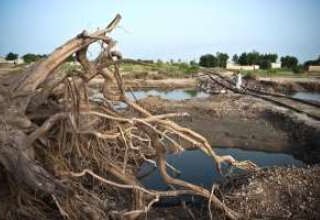
According to the report's findings the total climate change cost in South Asia will increase over time and will be prohibitively high in the long term. Without global deviation from a fossil-fuel-intensive path, South Asia could lose an equivalent 1.8 per cent of its annual gross domestic product (GDP) by 2050, which will progressively increase to 8.8 per cent by 2100. The model suggests that the Maldives will be hardest hit in GDP loss, while Bangladesh, Bhutan, India, Nepal, and Sri Lanka are projected to face 2.0 per cent, 1.4 per cent, 1.8 per cent, 2.2 per cent, and 1.2 per cent, respectively, loss of annual GDP by 2050.
However, should the global community take actions along the Copenhagen–Cancun agreements to keep the global mean temperature rise below or within 2 degrees Centigrade, the region would only lose an average of 1.3 per cent of GDP by 2050 and roughly 2.5 per cent by 2100.
Read full report: http://www.adb.org/sites/default/files/pub/2014/assessing-costs-climate-change-and-adaptation-south-asia.pdf

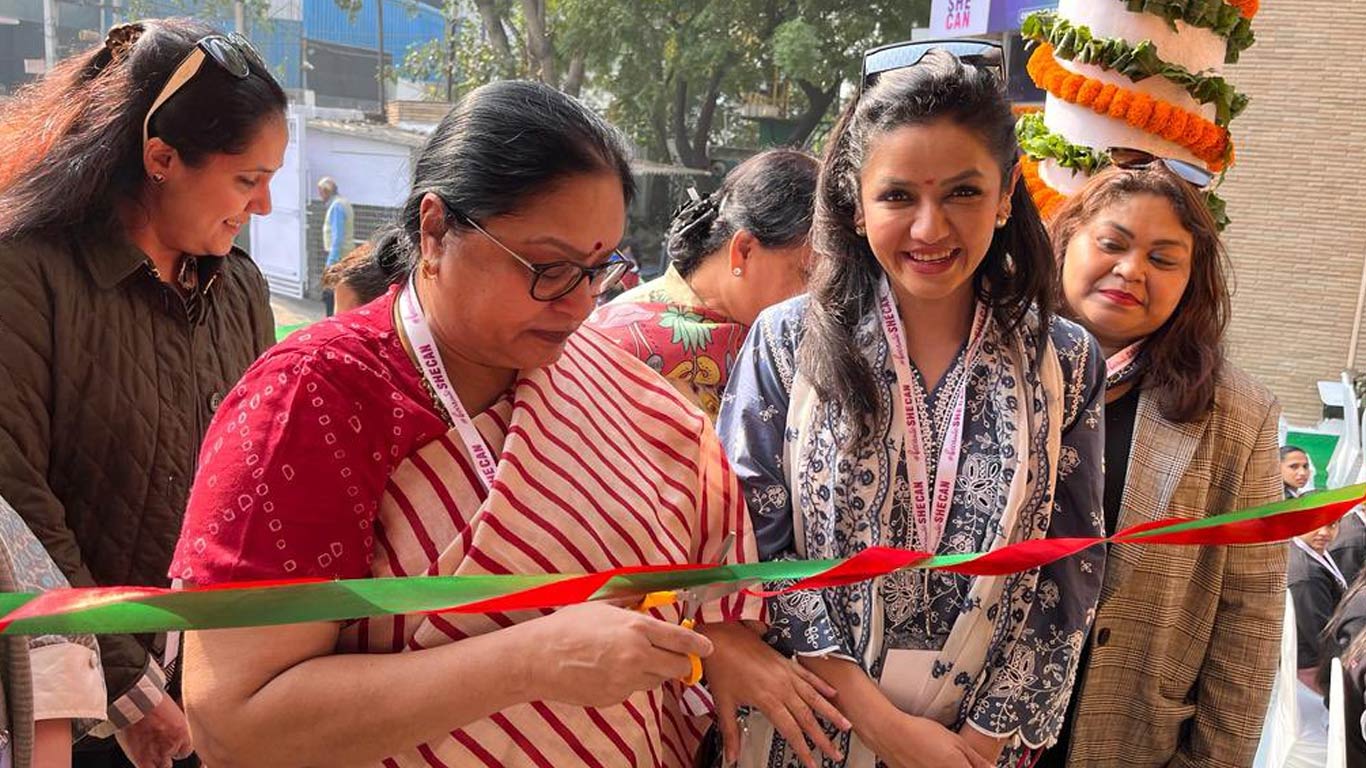
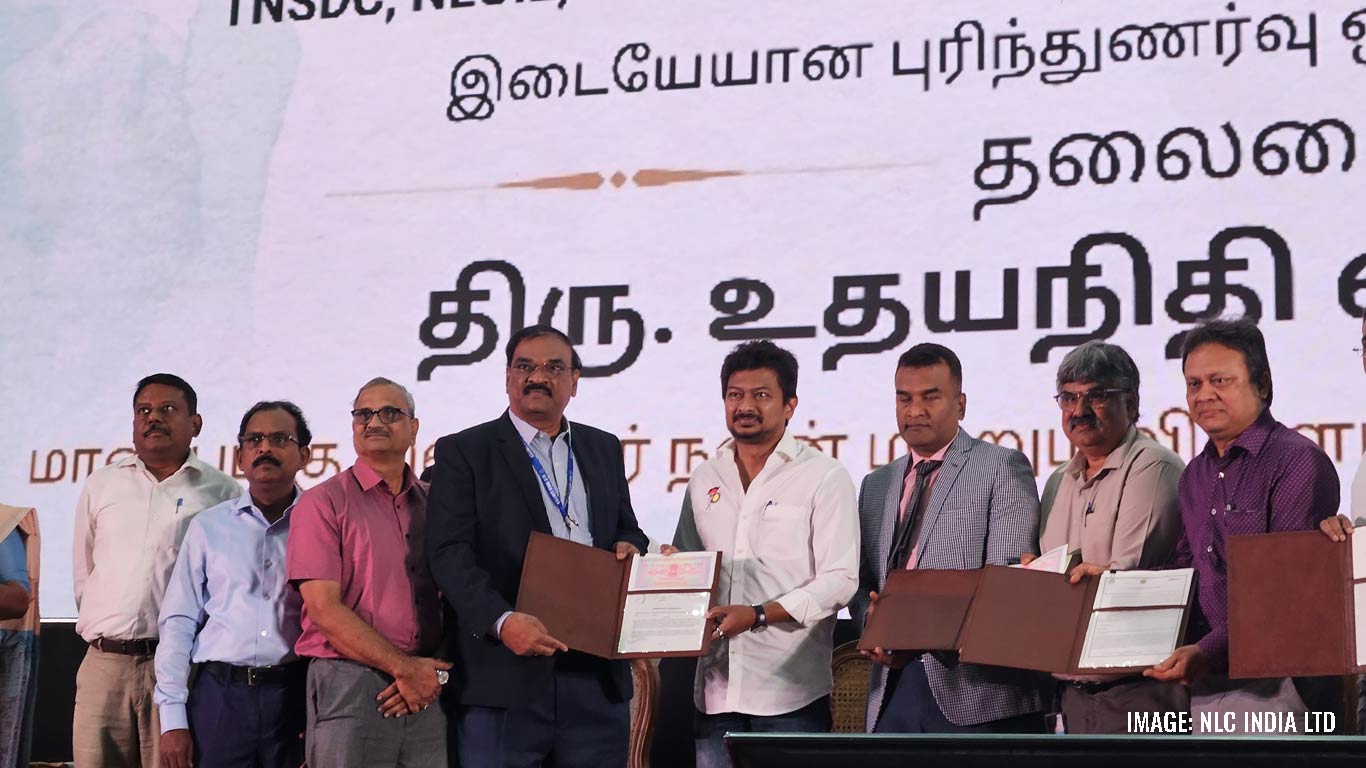

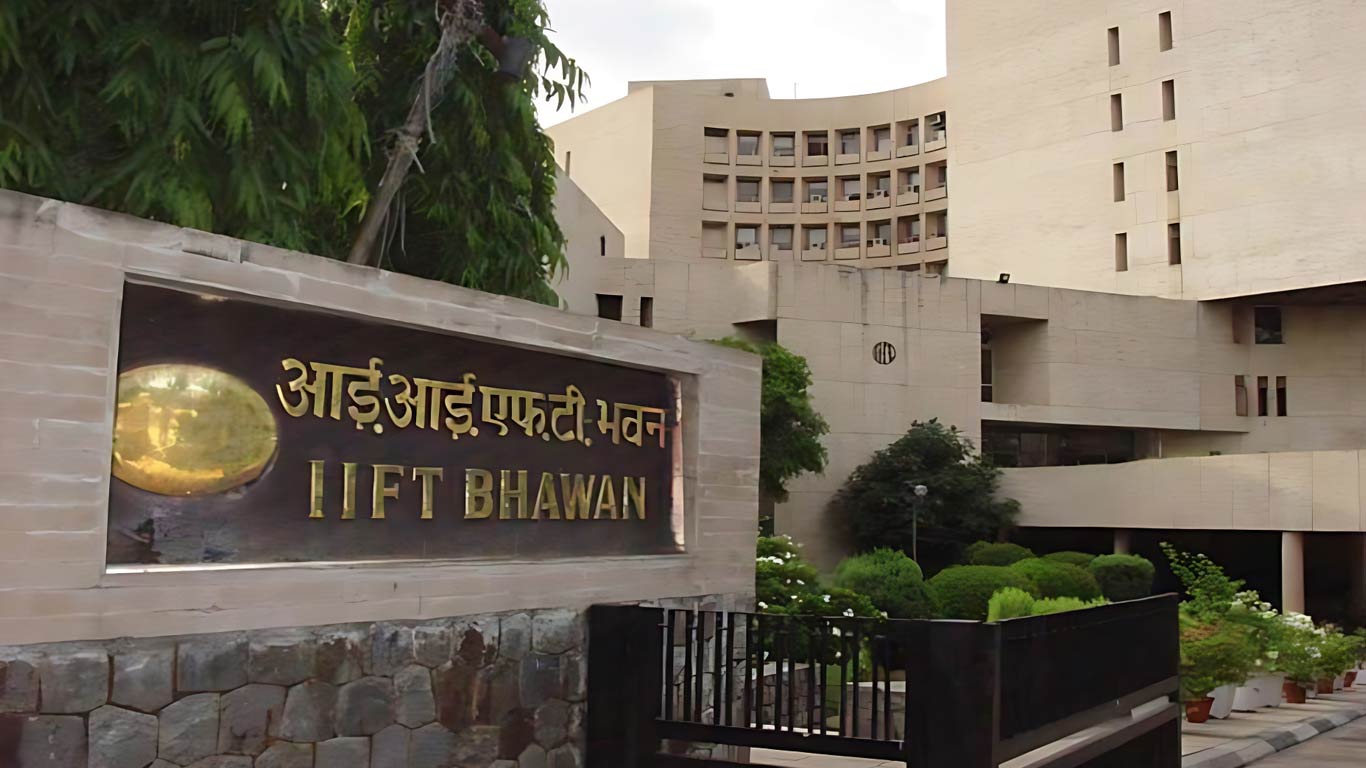
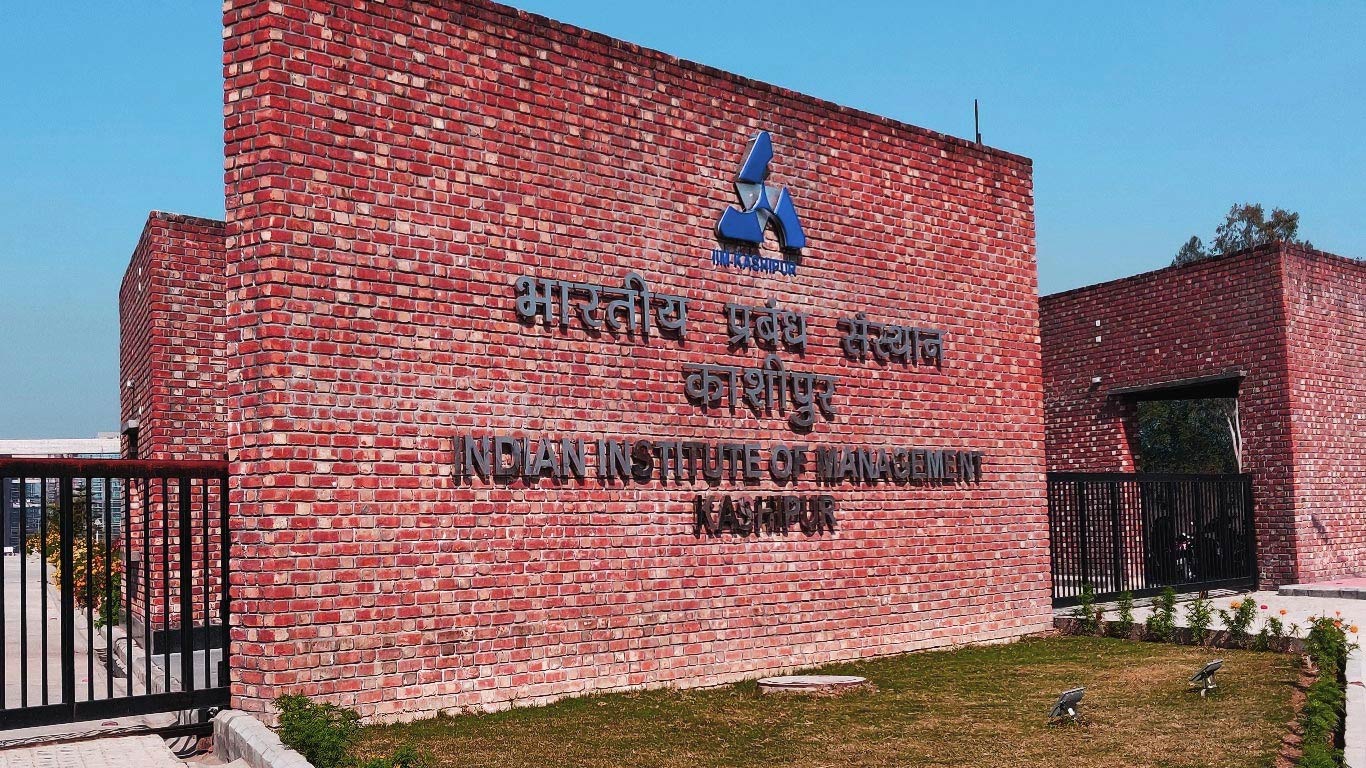





